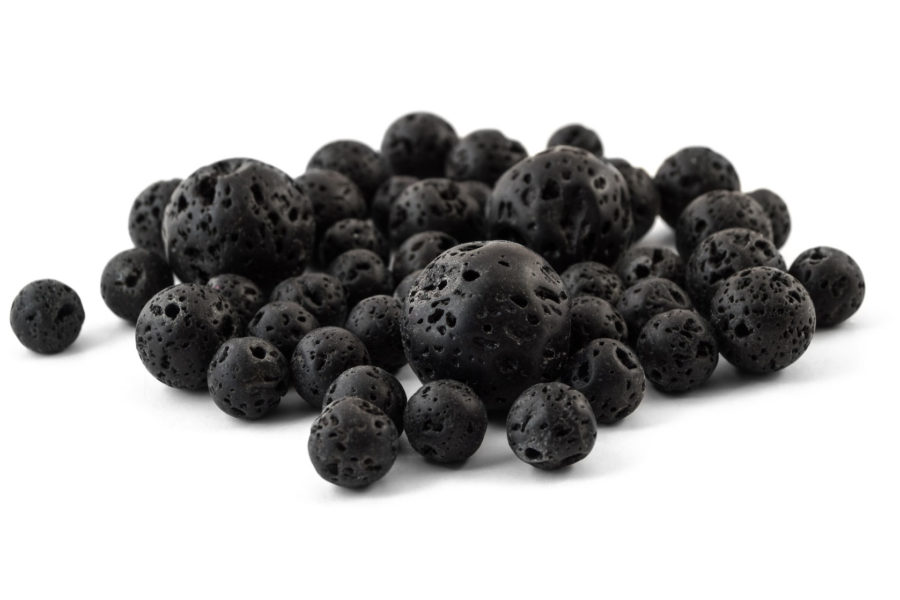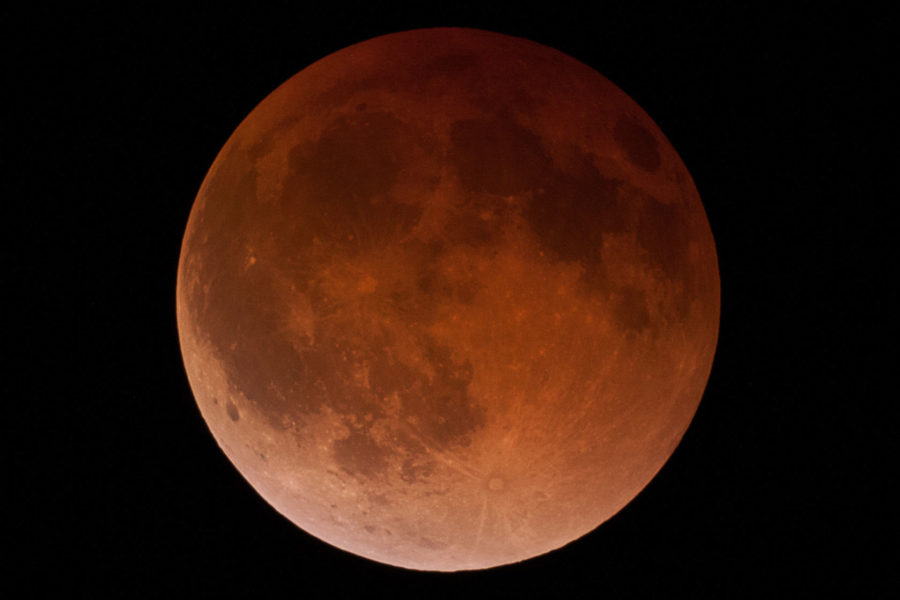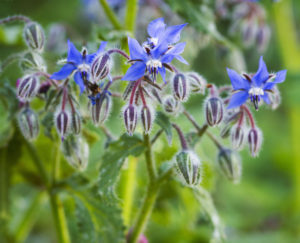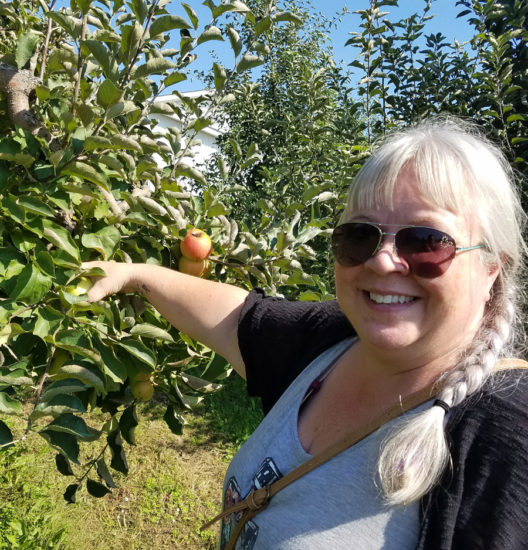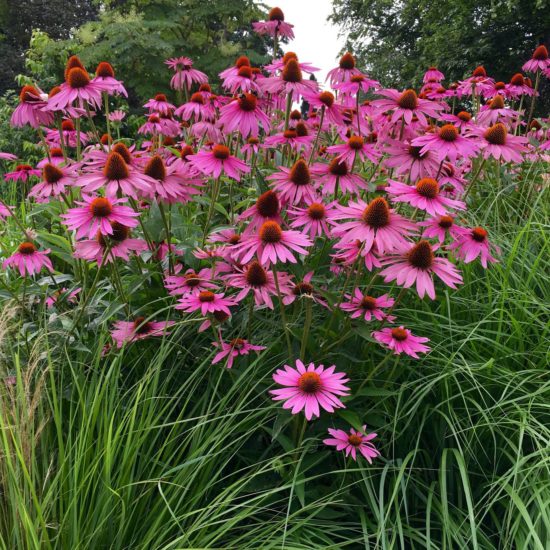
Herb of the Month – Echinacea
This well known plant should always be on hand in the winter months.
It is a simple flowering plant and a member of the daisy family. More commonly known as purple coneflower, many people grow this powerful herb without even realizing it! The name derives from the Greek word ekhinos (hedgehog) because the cone resembles a small hedgehog.
Echinacea was used extensively in traditional medicine by American Indians and quickly adopted by settlers. During the 1800s, claims for the curative properties of the plant ranged from blood purification to treatment of dizziness and rattlesnake bites. During the early part of the 20th century, extracts of the plant were used to treat infections but soon fell out of favor after the discovery of modern antibiotics. The plant and its extracts continue to be used topically for wound healing and internally to stimulate the immune system.
Echinacea is well researched and considered to be a broad spectrum anti-infective remedy. It works well with other herbs to fight infection anywhere in the body, be it internal or external. Enchinacea Root is very good for respiratory infections, colds and flu.
Botanical names: Echinacea augustifolia or Echinacea purpurea- both effective but augustifolia is usually more expensive, and some herbalists feel it is better. Echinacea purpurea is the species most often used as a natural remedy and in folk medicine. There are 9 distinct species of this plant, though only Echinacea purpurea is considered a remedy. A couple of the other species are considered endangered so it is important not to harvest this plant without being certain of which species is being harvested.
Where it grows: Echinacea grows in the central and eastern United States. Native American’s used it as a remedy hundreds of years ago and it is re-gaining popularity in modern times. Those who live in these areas may be able to cultivate this easy-to-grow plant.
Part used: The root, sometimes flower or juice
Collection: Autumn this is when root energy is the greatest.
Main Actions: Antimicrobial, both viral and bacterial. Stimulates immune system. Detoxifies and clears lymph. It increases white blood cells, the cells which fight infection, specifically macrophages, T lymphocytes and natural killer cells. Has been found to block virus receptors on cell surfaces by stimulating the release of interferon.
Uses: For the common cold, flu, upper respiratory infections such as tonsillitis or sore throat use alone or combine with yarrow flower or osha root. For urinary tract infections use with uva ursi. For gum infections like gingivitis, mix with myrrh and gargle. For external boils or infected cuts, use externally with comfrey root in a paste or lotion. Historically has been used for snake bites with good results.
Modern research is still divided on the effectiveness of Echinacea, and there are some contraindications (like autoimmune disease). As always, if you are pregnant or nursing please use caution.
Combinations: Combines well with other plants depending on the area of body involved.
Preparation and dosage: Decoction: (a tea) Add 1 to 2 teaspoons root to 1 cup water. Bring slowly to a boil and simmer 10-15 minutes. Use 3 x daily. May make up a 2 day batch and keep unused portion in covered jar in refrigerator. Heat as necessary. Add honey to cut mucus and sweeten.
Tincture: 1-4 ml 3x daily in a little water. (One ml is about 30 drops. Four ml is about 3/4 of a teaspoon.)
A tincture is essentially an extract. Alcohol tinctures are the most common type and the easiest to make, though vinegar or even glycerin will work.
To make an echinacea tincture with alcohol, you will need:
- A clean pint-size glass jar with lid
- Food grade alcohol like vodka or rum- at least 80 proof (or apple cider vinegar to make a vinegar tincture)
- 1/2 cup Dried Echinacea Leaf (of a mixture of root and leaf)
Tincture Instructions:
- Fill the jar 1/3 to 1/2 full with dried echinacea leaf (or leaf+root). Do not pack down.
- Pour boiling water to just dampen all of the dried herb (a few tablespoons). (This step is optional but helps to draw out the beneficial properties of the herbs).
- Fill the rest of the jar (or the entire jar if not using hot water too) with alcohol and stir with a clean spoon.
- Put the lid on the jar. Store the jar in a cool/dry place, shaking daily, for at least three weeks and up to six months.
- Strain through cheesecloth and compost the herbs. Store the tincture in dark colored dropper bottles or clean glass jars.
Safety: Mild herb with minimal chronic toxicity.
Caution: Echinacea is considered to be an immune stimulent but should not be used as an adaptogen (tonic) over long periods of time. It is best used as early as possible BEFORE onset of colds or flus, during the illness and a few days after. If used for extended periods of time, always take a break. For instance, 4 weeks on, one week off, maximum duration 8 weeks.
Have you ever used Echinacea? Did it work for you?
*We recommend that you consult with a qualified healthcare practitioner before using herbal products, particularly if you are pregnant, nursing, or on any medications.
*This statement has not been evaluated by the Food and Drug Administration. This product is not intended to diagnose, treat, cure, or prevent any disease. For educational purposes only.
